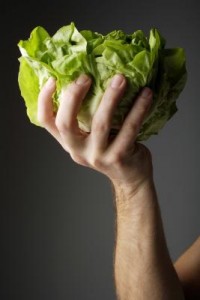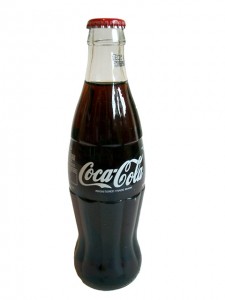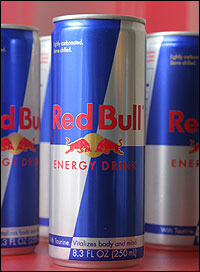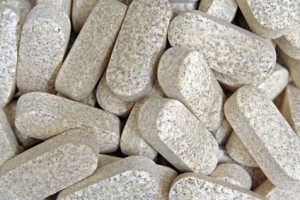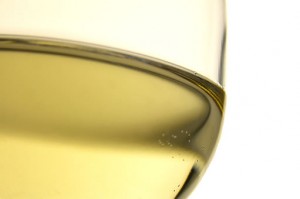 Moderate alcohol consumption may help protect against heart disease, according to two new papers by Canadian researchers.
Moderate alcohol consumption may help protect against heart disease, according to two new papers by Canadian researchers.
One team at the University of Calgary reviewed 84 studies that examined alcohol consumption and heart disease, and concluded that people who drink alcohol in moderation (one drink or less per day) are 14 percent to 25 percent less likely to develop heart disease as those who don’t drink alcohol.
Another team reviewed 63 studies and found that moderate consumption of alcohol (which the researchers defined as up to one drink a day for women, and one to two drinks a day for men) significantly increases levels of “good” cholesterol, which has a protective effect against heart disease.
The findings, published online Feb. 22 in the BMJ, add to evidence from prior studies that found moderate alcohol consumption may be associated with a decreased risk of heart disease.
One expert said the research does seem to support the intake of a little alcohol to help the heart.
“In addressing lifestyle issues, alcohol consumption, in moderation, could be recommended as part of a heart-healthy lifestyle,” said Dr. Suzanne Steinbaum, a preventive cardiologist at Lenox Hill Hospital in New York City.
The authors of the second paper, also from the University of Calgary, conclude that it is the alcohol content that provides the health benefits, not the type of alcoholic beverage (wine, beer or spirits).
Steinbaum agreed with that assessment. “One of the mechanisms of decreasing heart disease is by increasing the HDL [‘good’ cholesterol], which is independent of the type of alcohol, whether it be wine, beer or spirits,” she said.
But the researchers on the first paper noted that although moderate drinking appears to boost heart health, that message needs to be balanced with the caveat that drinking too much is bad for your health.
Discussions about the impact of alcohol on heart disease should now focus on “how to integrate this evidence into clinical practice and public health messages,” William Ghali, of the University of Calgary, noted in a news release from the journal’s publisher.
—
Original Article by HealthDay News
Image courtesy from VillageVoice.com




